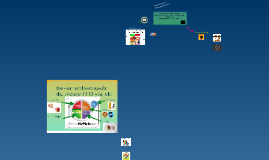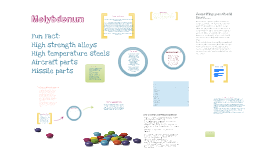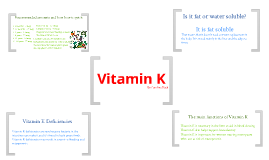Food and Nutrition
Transcript: The process by which substances in food are transformed into body tissues and provide energy for the full range of physical and mental activities that make up human life. Vitamins are organic components in food that are needed in very small amounts for growth and for maintaining good health. Vitamins Vitamin A bone growth helps lymphocytes (a type of white blood cell) fight infections more effectively Vitamin ◦Niacin (Vitamin B3) meat, yeast, milk, enriched bread & breakfast cereals. liver, egg yolks, corn (maize) Vitamin B12 liver, eggs, milk synthesis of purines and pyrimidines. Vitamin C (Ascorbic acid) Vitamin D Vitamin E (Tocopherol) Vitamin K Carbohydrates provide the bulk of the calories (4 kcal/gram) in most diets and starches provide the bulk of that. Age, sex, size, health, and the intensity of physical activity strongly affect the daily need for calories. Moderately active females (19–30 years old) need 1500–2500 kcal/day, while males of the same age need 2500–3300 kcal/day. Human Dietary Needs The human diet must provide the following: •calories; enough to meet our daily energy needs. •amino acids. There are nine, or so, "essential" amino acids that we need for protein synthesis and that we cannot synthesize from other precursors. •fatty acids. There are three "essential" fatty acids that we cannot synthesize from other precursors. •minerals. Inorganic ions. We probably need 18 different ones: a few like calcium in relatively large amounts; most, like zinc, in "trace" amounts. •vitamins. A dozen, or so, small organic molecules that we cannot synthesize from other precursors in our diet. cream, butter, fish liver oils, egg, carrots & some other vegetables provide beta-carotene, which the liver can convert into vitamin absorption of calcium from the intestine and bone formation. found in foods like Riboflavin (Vitamin B2) Human nutrition vision Zinc Zinc is incorporated in many: •enzymes and •transcription factors [Link to view of a steroid receptor with "zinc fingers"] Zinc supplements are popular for their supposed antioxidant properties and to hasten the recovery from colds. Excessive intake of zinc causes a brief illness. Its most frequent cause is from ingested acidic food or drink that has been stored in galvanized (zinc-coated) containers. [ found in foods like citrus fruits, green peppers, tomatoes Protein Humans must include adequate amounts of 9 amino acids in their diet. These "essential" amino acids cannot be synthesized from other precursors. However, cysteine can partially meet the need for methionine (they both contain sulfur), and tyrosine can partially substitute for phenylalanine. The Essential Amino Acids Histidine Isoleucine Leucine Lysine Methionine (and/or cysteine) Phenylalanine (and/or tyrosine) Threonine Tryptophan Valine found in foods like found in foods like: ◦Vitamin B1 (Thiamine) needed for DNA synthesis. Found in foods like Ashley Vincent found in foods like Reproduction Human Nutrition prosthetic group of flavoprotein enzymes, e.g., flavin adenine dinucleotide (FAD) used in cellular respiration. vegetable oils, nuts, spinach. (cell differentiation) Minerals Calcium Calcium is essential to almost every function in the body. For most of these, such as •blood clotting, •intracellular signaling, •muscle contraction, only trace amounts are needed. However, large amounts of calcium are needed to make bone (which is 18% calcium), So substantial amounts are needed in the diet, especially during infancy, childhood, and pregnancy. Three hormones: •parathyroid hormone (PTH) •calcitonin, and •calciferol (vitamin D) work together to regulate how much calcium •is absorbed from your food •is taken from, or added to, bone •is excreted in the urine. A temporary deficit in the amount of calcium in the diet can be compensated for by its removal from the huge reserves in bone. by making white blood cells that destroy harmful bacteria & viruses B Folic acid (Folacin) acts as an antioxidant agent in cells. Iron (Fe) Iron is incorporated in a number of body constituents, notably •cytochromes •myoglobin, and •hemoglobin. Not surprisingly, an iron deficiency shows up first as anemia. In developed countries like the U.S., iron deficiency is the most common mineral deficiency. It is particularly common among women because of the loss of blood during menstruation and the need for extra iron during pregnancy and breast feeding. Marginal iron intake is so widespread that some nutritionists want to have iron added to common foods like bread and cereals, just as some vitamins now are. However, excess iron in the body also leads to problems, and this has made the proposal controversial. Even iron supplement tablets pose risks: thousands of children in the U.S. are accidentally poisoned each year by swallowing too many iron tablets. In fact, iron is the most frequent cause of poisoning deaths among children in the U.S. ◦Biotin (Vitamin B7) cell differentiation ◦synthesized when ultraviolet light

















